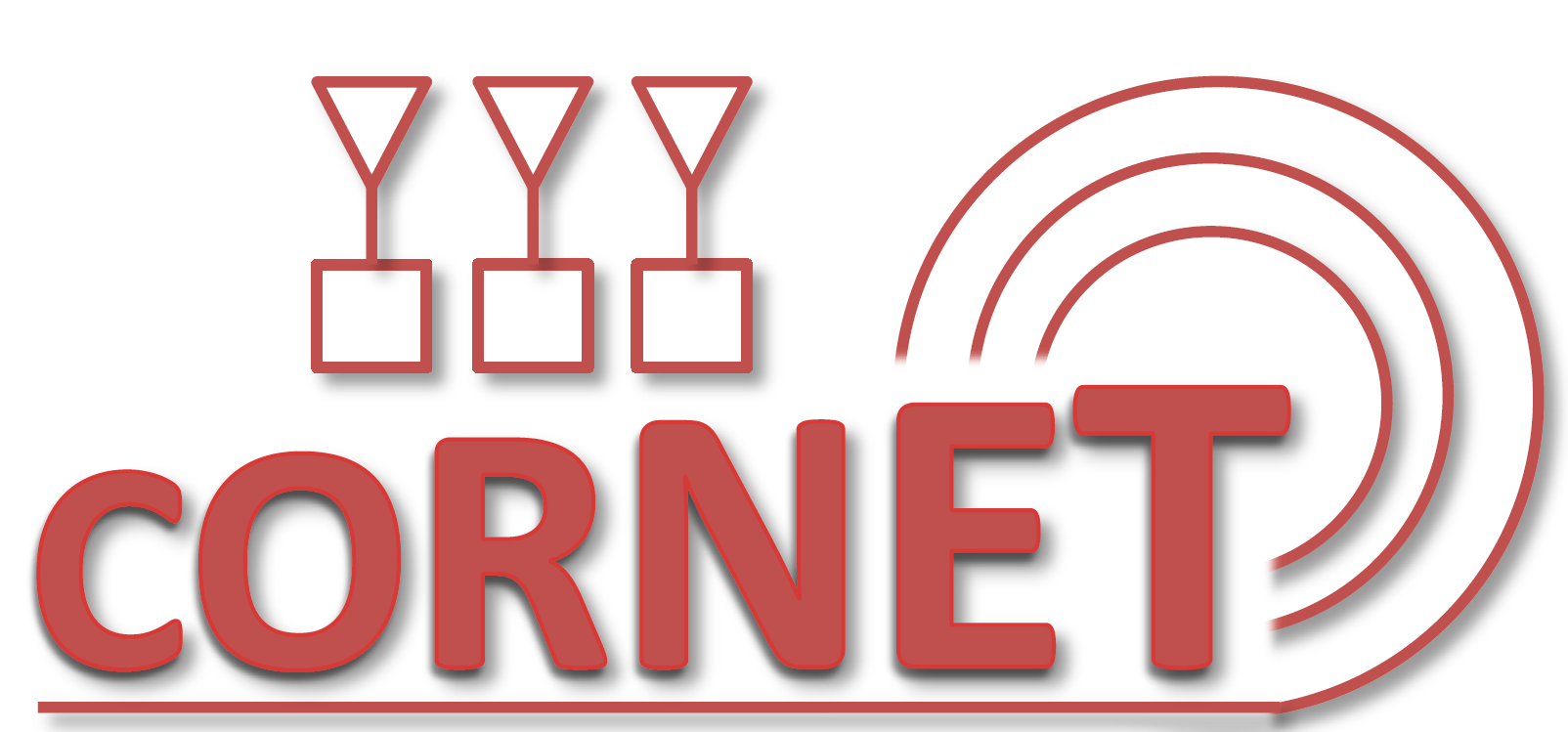| 1 | benchmark_dsa.py - GNUradio Dynamic Spectrum Access example script |
|---|
| 2 | |
|---|
| 3 | Summary: |
|---|
| 4 | This script implements a extremely simple DSA algorithm and |
|---|
| 5 | rendezvous protocol. When two nodes are running this script, they |
|---|
| 6 | will dynamically change frequencies until they rendezvous and begin |
|---|
| 7 | communication. |
|---|
| 8 | |
|---|
| 9 | Operation: |
|---|
| 10 | In order to run this script several GNUradio utilities scripts must be |
|---|
| 11 | located in the same directory as the benchmark_dsa.py script. The |
|---|
| 12 | easiest way to do this is to copy benchmark_dsa.py into the following |
|---|
| 13 | GNUradio source directory: |
|---|
| 14 | |
|---|
| 15 | <gnuradio_top_srcdir>/gnuradio-examples/python/digital/ |
|---|
| 16 | |
|---|
| 17 | The purpose of this script is to demonstrate simple dynamic spectrum |
|---|
| 18 | access. In our case we do a simple probe using the gr.probe_avg_mag_sqrd_cf |
|---|
| 19 | component to get a ROUGH estimate of the energy. An energy threshold is |
|---|
| 20 | used to determine if another signal is present in the channel. This |
|---|
| 21 | threshold can be set from the command line using the --threshold arg. |
|---|
| 22 | By default it is set to 1.5e8. We calibrated this using the following: |
|---|
| 23 | |
|---|
| 24 | USRP1 |
|---|
| 25 | RFX400 USRP daughterboard |
|---|
| 26 | Standard 2-way FRS radios |
|---|
| 27 | |
|---|
| 28 | The threshold should be set accord to your specific environment and will |
|---|
| 29 | most likely be different for everyone. |
|---|
| 30 | |
|---|
| 31 | If a primary user is detected, the script will change channels to avoid |
|---|
| 32 | causing interference. The channel selection is the fun part. By default |
|---|
| 33 | the script simply picks a random channel from the STATICLY available |
|---|
| 34 | channel list that we've hardcoded in. Also available is intgration into |
|---|
| 35 | our open source cognitive engine system which uses a case-based reasoning |
|---|
| 36 | system to select a channel based on previous environments. |
|---|
| 37 | |
|---|
| 38 | For example, the CROSS system, when requested, will query it's database |
|---|
| 39 | and observe that channel A has previously seen a primary user, in this |
|---|
| 40 | case the probability that channel A is selected as the next channel to |
|---|
| 41 | hop is will be small compared to other channels that have seen seen primary |
|---|
| 42 | users. To use the CROSS system, CROSS must be built and installed |
|---|
| 43 | (https://cornet.wireless.vt.edu/trac/wiki/Cross/BuildGuide) and you must |
|---|
| 44 | supply the --cross argument. DSA algorithms are ongoing research items |
|---|
| 45 | at many institutions and this is just a VERY SIMPLE implementation to get |
|---|
| 46 | others started. |
|---|
| 47 | |
|---|
| 48 | Also worth noting is the rendezvous method. To get the full functionality |
|---|
| 49 | two of these nodes must be running. Each node decides on it's own which |
|---|
| 50 | channel to move to next if scanning for other nodes or if a primary |
|---|
| 51 | user is detected. At each channel hop, a beacon is transmitted. This |
|---|
| 52 | beacon is used by other nodes in the channel to identify each other. |
|---|
| 53 | If a beacon is seen on a channel, an ACK beacon is sent and both nodes |
|---|
| 54 | settle on the current channel and begin communication. |
|---|
| 55 | |
|---|
| 56 | Again this is still a work in progress but hopefully others can gain |
|---|
| 57 | some insight into spectrum sensing and DSA using GNUradio, the USRP, or |
|---|
| 58 | the Virginia Tech Cognitive Radio Open Source System. |
|---|
| 59 | |
|---|
| 60 | For questions or comments related to CROSS: |
|---|
| 61 | cross-discuss@listserv.vt.edu |
|---|
| 62 | or |
|---|
| 63 | trnewman@vt.edu |
|---|
